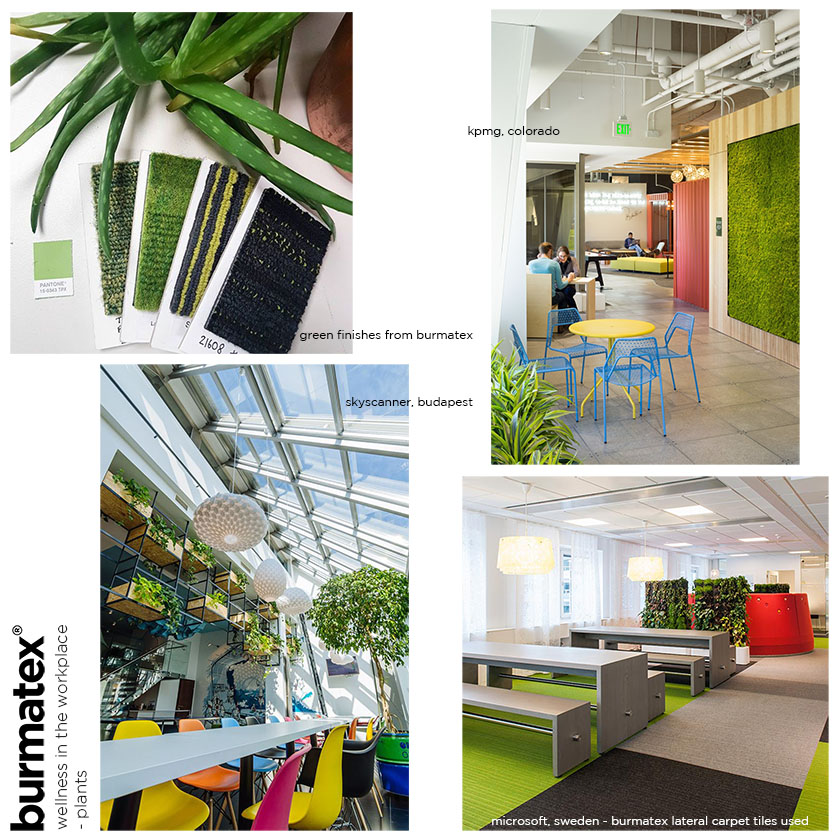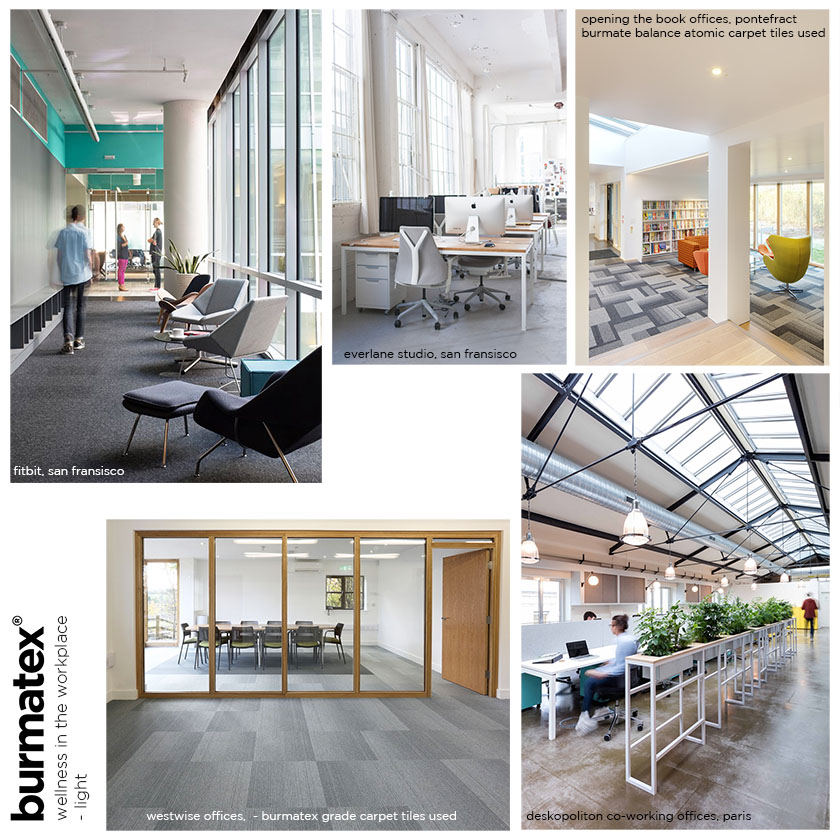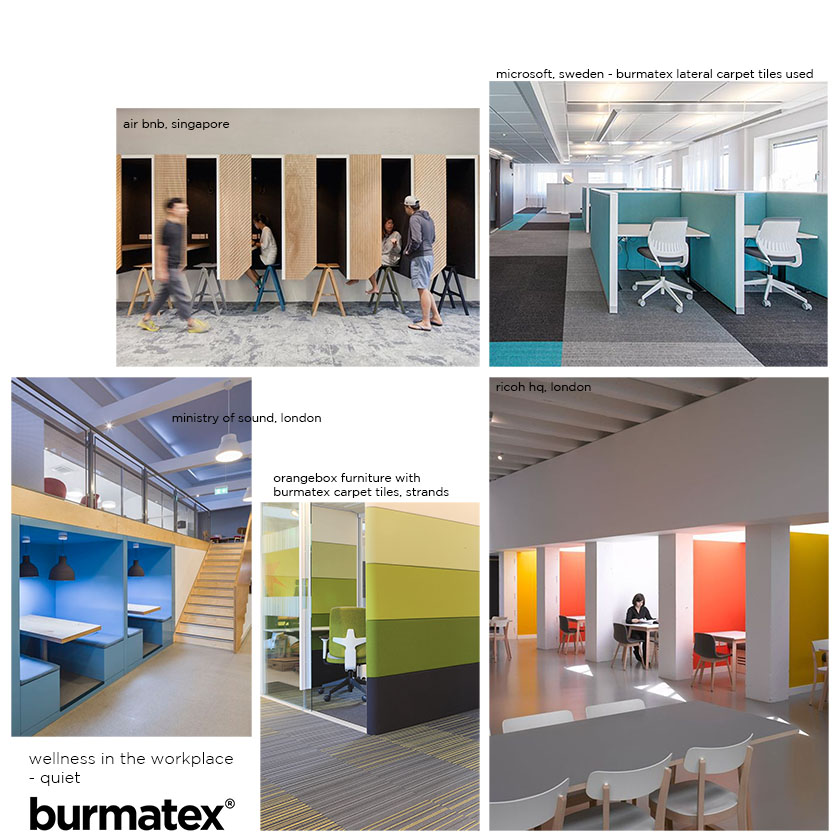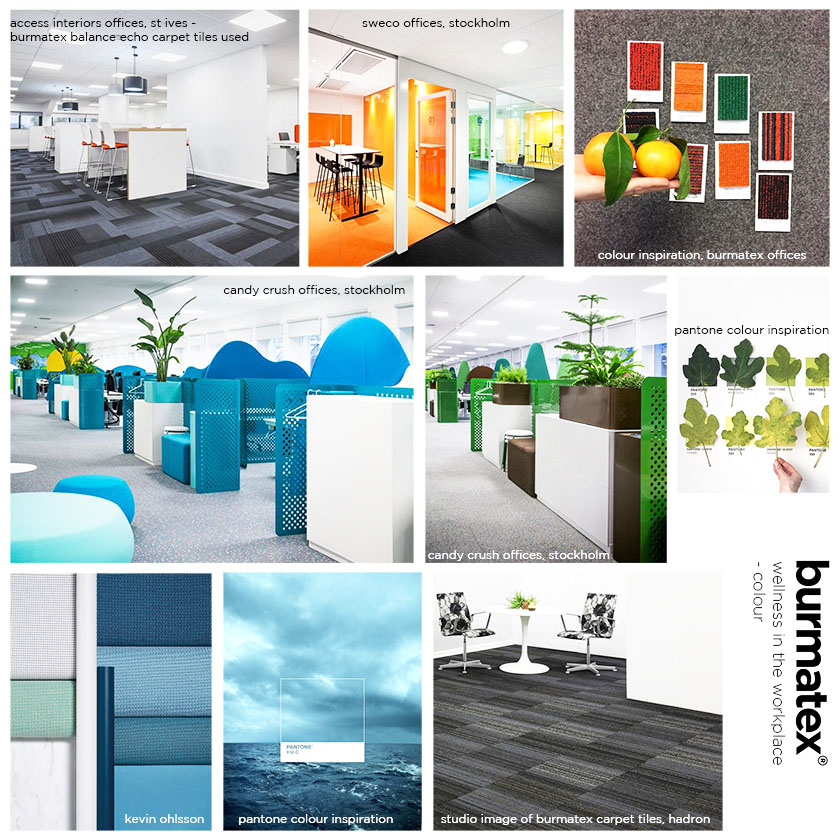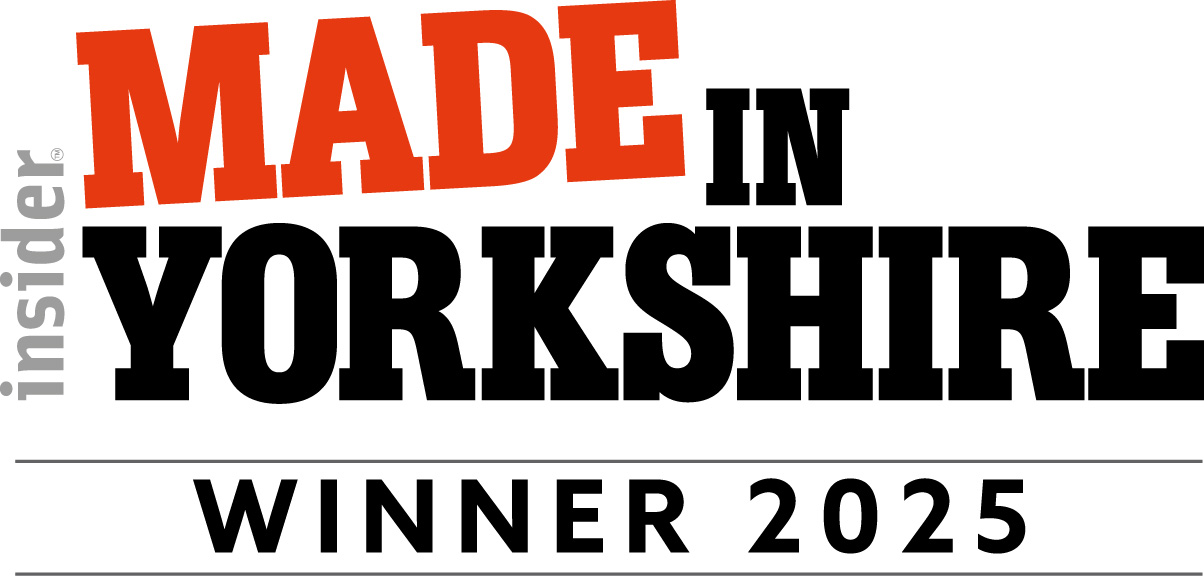
WELLNESS IN THE WORKPLACE | MENTAL HEALTH AWARENESS WEEK

In this post we will be looking at workplace wellness; how our office environments play a role in our mental well being and health. This topic was chosen as May dedicates itself to Mental Health Awareness week in the UK (8th - 14th) and Mental Health Awareness Month in the US respectively.
Plants
Indoor plants such as spider, cacti, bonsai and lemon balm all increase the oxygen and remove chemicals found within the office environment. They also give workers a different focus, something natural and lively in a man made space. This acts as a mental break for our brains when stressed or overloaded.
It has been proven countless times in psychological studies that having plants in the office will greatly improve mental state. Workers ability to perform tasks, stress reduction and mood in general increases when you include some greenery in the space. Plants within the home and office environment are currently a huge trend; one that can only help aid our wellness in the workplace.
Light
Working in naturally lit environments increases productivity and can benefit both physical and mental health. A 2014 study by the University of Illinois cites:
“Architects need to be aware of the importance of natural light not only in terms of their potential energy savings but also in terms of affecting occupants’ health
Studies link employees working in environments without windows to higher stress levels and fatigue. Whilst areas with a high level of artificial white light can cause eye strain and tiredness, overall detrimental to productivity and demeanour.
Movement
The recent surge in sit / stand desks and balancing stools shows how the wellness and mental well being trend is filtering down from clean eating to furniture design. Sedentary jobs and poor posture have been known for centuries to cause bodily and psychological harm. A lack of motivation and oxygen flow through the body will result in unhealthy and lethargic employees.
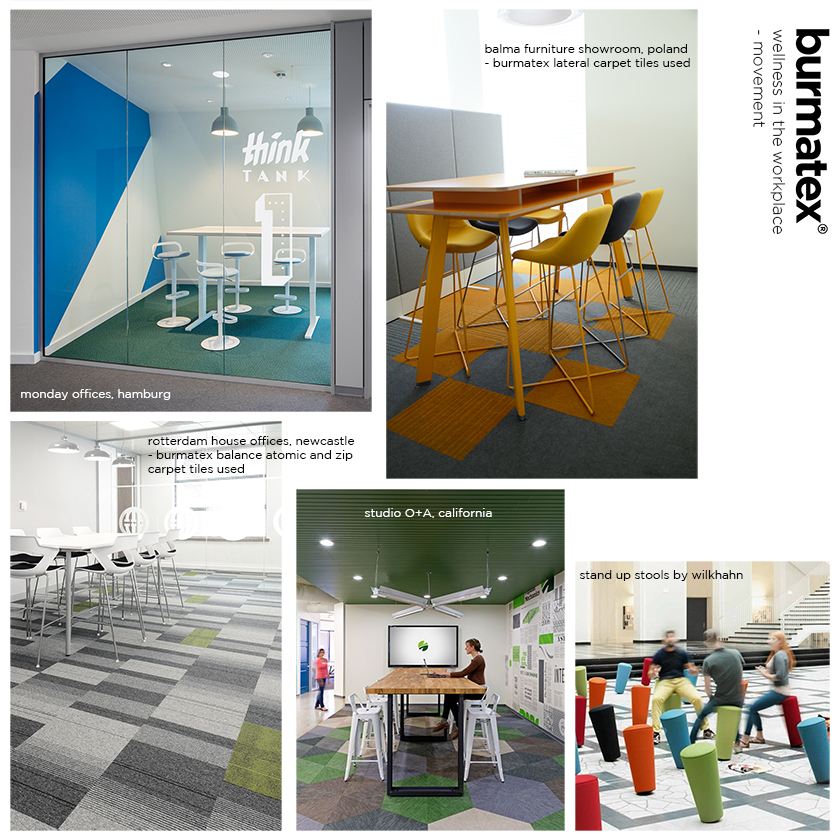
Increasing movement throughout the working day (whether from a new desk, chair, stool or just having a power walk at lunch time) improves energy, mood and overall health.
Quiet Areas
As the modern world gets louder (electronic devices, increased population) a place and time for calm and quiet is more required.
The current trend for large, open plan offices could be adding to workplace tension and stress. A 2013 research study by Jungsoo Kim and Richard de Dear at the University of Sydney found that the uncontrollable noise and loss of privacy of these modern office layouts can make workers feel unsettled and therefore unproductive and unhappy at work. Whereas a quiet office, or area, aids calm, space, focus and overall wellness in the workplace.
Colour
The use of colour in the office can have a significant impact on workplace morale. Easy, soft and natural shades in blues, greens and greys are subtle, contemporary and easy for the the eye to register. Loud, strong patterns may more be suited to informal spaces, corridors or stairs. Where you want employees to focus, a subdued palette could increase productivity and calm.
Further Reading / Sources:
Colour: 1
burmatex products mentioned:
lateral, strands, balance atomic, grade, zip, hadron, balance echo
All images can be found on the following burmatex pinterest boards:
Posted on 18 May 2017

